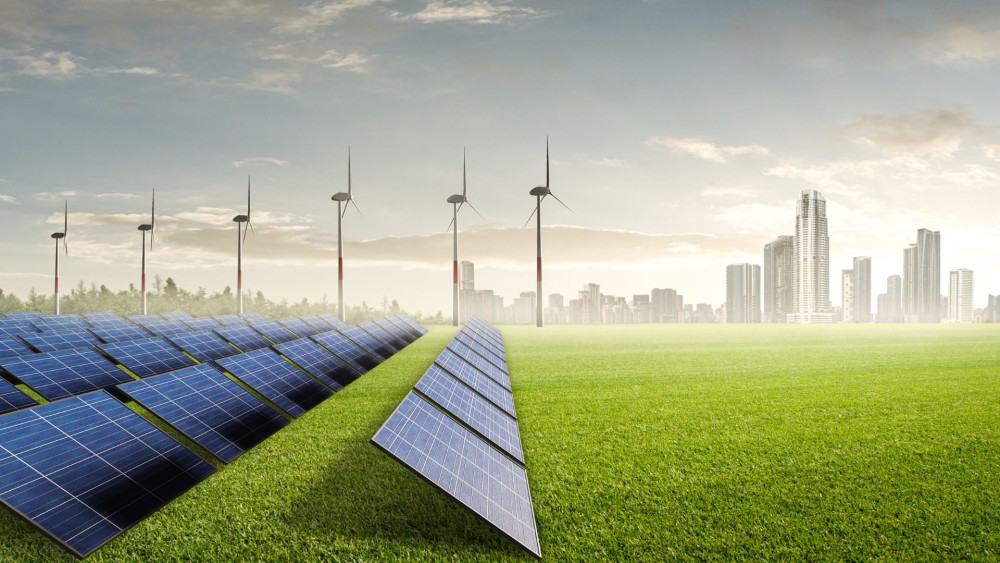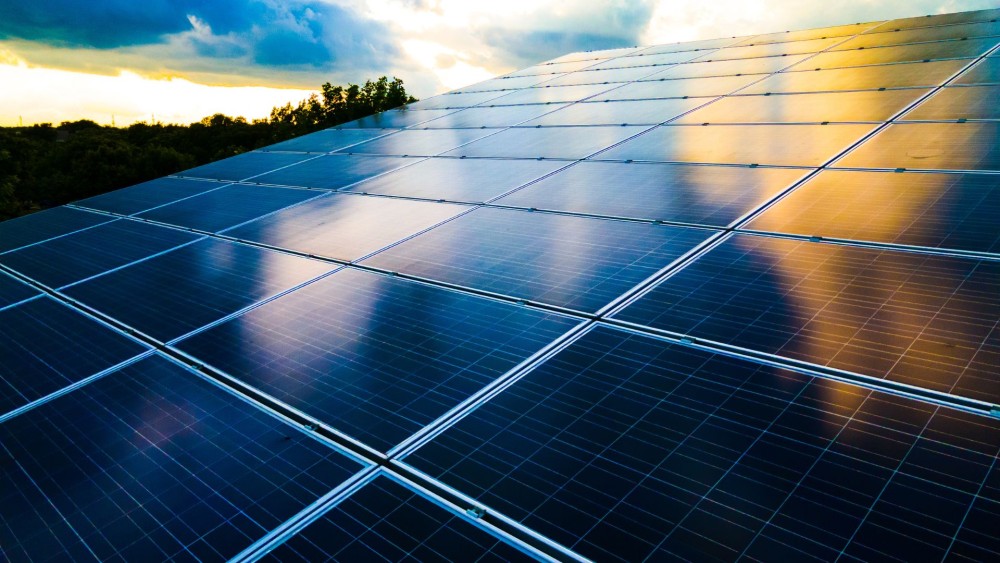For Indonesia, 2023 should be the year of energy transition
13 Mar 2023

Since Russia launched a large-scale invasion of Ukraine back in February 2022, the global energy market has been hit hard. Most countries, including Indonesia, suffer from price volatility, supply-chain disruptions, and energy security concerns. On the other hand, the energy transition agenda has seldom looked more enticing on the archipelago.
2022 was not a good year for clean energy. Since the war between Russia and Ukraine began, global energy prices for coal, natural gas, and crude oil had risen to 2-4 times their 2019 prices by mid-2022. To avoid the impending energy crisis, countries around the world slowed down their energy transition efforts by directing their state budgets to more reliable energy sources. Germany, for instance, imported 8% more coal in 2022 compared to the previous year. In this regard, so too has nuclear been brought back on the table, with countries like Japan announcing to restart seven of its 23 offline nuclear reactors by mid-2023. Japan had left these reactors idle following the 2011 Fukushima Daiichi disaster.
In Indonesia, the struggle was just as apparent. In response to rising energy costs, the Indonesian government has had to increase fuel prices to prevent further drainage of the state’s coffers due to the country's already large energy subsidy. Meanwhile, the high prices of coal – of which Indonesia is among the world’s major suppliers – have led coal industries to rather export their products, causing a shortage in the domestic coal supply. Again, the government stepped in by requiring coal producers to supply the domestic market first, with mixed results. In general, the still-ongoing geopolitical conflict, combined with the global economic volatility stemming from the COVID-19 pandemic within the last 3 years, has resulted in the stagnation of Indonesia’s energy transition efforts with the share of renewables only rising by less than half of a percentage point in the national energy mix from 2021 to 2022.
The situation above just goes to show how important it is for the country to diversify its energy sources and reduce its dependence on imported energies. Fortunately, the Indonesian government seems to be aware of this fact, with 2023 looking like the year of the energy transition for the developing nation.
Increasing Installed Capacity
On March 1, 2023, President Joko “Jokowi” Widodo officially laid the first stone for the groundbreaking of the Mentarang Induk Hydroelectric Power Plant project in Malinau, North Kalimantan. This US$2.6 billion (roughly Rp 40 trillion) project is a joint venture between the governments of Indonesia and Malaysia that involves the construction of a dam, reservoir, and power plant, with a capacity of 1.3GW. Scheduled for completion in 2030, the power generated will be distributed through a high-voltage transmission line to both countries. Furthermore, the Mentarang power plant is also expected to provide clean energy supplies to the Kalimantan Industrial Park Indonesia in Bulungan Regency, North Kalimantan.
The Mentarang Induk power plant is just one of several clean energy projects that are being accelerated this year. Other projects include the 55MW Patuha Geothermal Power Plant in West Java, the 45MW and 174MW Hydroelectric Power Plants, located in the province of Aceh and Asahan Regency in North Sumatra, respectively, as well as the 145MW Cirata Floating Solar Power Plant in West Java.
The infrastructural developments above run parallel to the government’s recent regulatory push for cleaner energy, which, most significantly, came in the form of Presidential Regulation No. 112/2022 (PR 112/2022) on the acceleration of renewable energy for power supply issued in September of last year. The regulation included the government’s commitment to end the development of new coal-fired power plants as well as the early retirement of existing coal-fired plants. It also introduces a new tariff structure for renewable energy as well as several incentives for the development of renewable energy, with a special emphasis on geothermal power plants.
In January of this year, PR 112/2022 was supplemented by Presidential Regulation No. 11/2023 on additional concurrent governmental affairs on renewables within the field of energy and mineral resources. The regulation gives regional governments more authority to manage the renewable energy resources, specifically for biomass, biogas, solar, wind and hydropower, of their respective regions.
More Investments Needed
According to the Ministry of Energy and Mineral Resources, the share of renewables in the national energy mix stood at only 14.11% as of the end of 2022, while investment in renewables only reached $1.6 billion. The total investment realization in the overall energy and mineral resources sector in 2022 was around $26.8 billion, or 86% of the target set for that year. The failure to meet the investment target was attributed to the stagnation and unexpected closure of several upstream oil and gas projects, among other constraints.
Despite the setback, the government has placed an even higher target for energy and mineral resources investment of $33.5 million for 2023. The reason for the increase is unclear, but it is likely because of the $20 billion financing pledge from G7 countries, plus Denmark, Norwegia, and Northern Ireland, for projects that reduces greenhouse gas emissions – otherwise known as the Just Energy Transition Partnership (JETP). As Indonesia is a signatory to the 2015 Paris Agreement, the pledge may have given Indonesia the confidence to stick true to its sustainability targets.
Indeed, Indonesia continues to see strong international support for its energy transition efforts. This March, the state power monopoly PLN announced that it was working with the Japanese government to map out the energy transition mechanism within the scope of JETP. Germany has also shown its support via a 665 million euros financing deal between Germany’s KfW development bank and PLN to accelerate the country’s energy transition efforts.
This strong international support should be reciprocated with an equally strong support from the Indonesian side. Further regulatory support is needed if Indonesia is serious about achieving its goal of net-zero emissions by 2060. In late 2022, the government announced that installed capacity from renewable energy would only increase by 368MW in 2023, which translates to a national total installed renewable capacity of just below 13GW. This is not even close to the government’s target of 23% renewables of the total energy mix by 2025. Hopefully, the aforementioned developments are not just for show and that Indonesia truly is making 2023 the year of great strides for its energy transition agenda.


